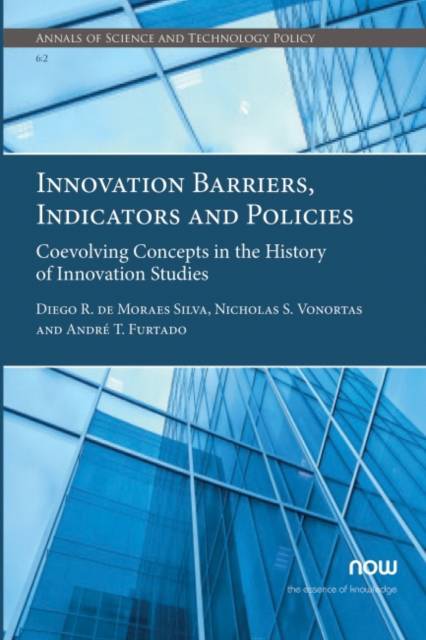
- Afhalen na 1 uur in een winkel met voorraad
- Gratis thuislevering in België vanaf € 30
- Ruim aanbod met 7 miljoen producten
- Afhalen na 1 uur in een winkel met voorraad
- Gratis thuislevering in België vanaf € 30
- Ruim aanbod met 7 miljoen producten
Zoeken
Innovation Barriers, Indicators and Policies
Coevolving Concepts in the History of Innovation Studies
Diego R. de Moraes Silva, Nicholas S. Vonortas, Andre T. Furtado
€ 92,45
+ 184 punten
Omschrijving
Explores the historical coevolution of three core concepts in the field: barriers, indicators, and policies. The authors show how these concepts have coevolved and reinforced each other throughout the history of innovation studies.
Specificaties
Betrokkenen
- Auteur(s):
- Uitgeverij:
Inhoud
- Aantal bladzijden:
- 138
- Reeks:
Eigenschappen
- Productcode (EAN):
- 9781680839302
- Verschijningsdatum:
- 2/02/2022
- Uitvoering:
- Paperback
- Afmetingen:
- 233 mm x 161 mm
- Gewicht:
- 226 g

Alleen bij Standaard Boekhandel
+ 184 punten op je klantenkaart van Standaard Boekhandel
Beoordelingen
We publiceren alleen reviews die voldoen aan de voorwaarden voor reviews. Bekijk onze voorwaarden voor reviews.








